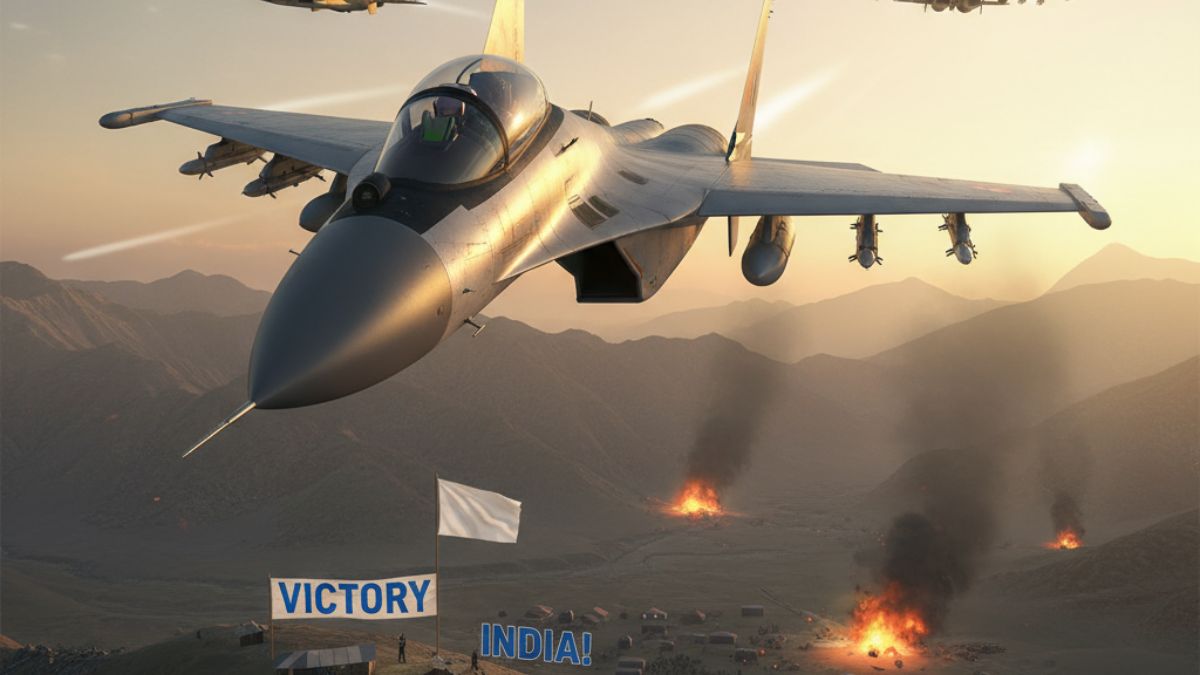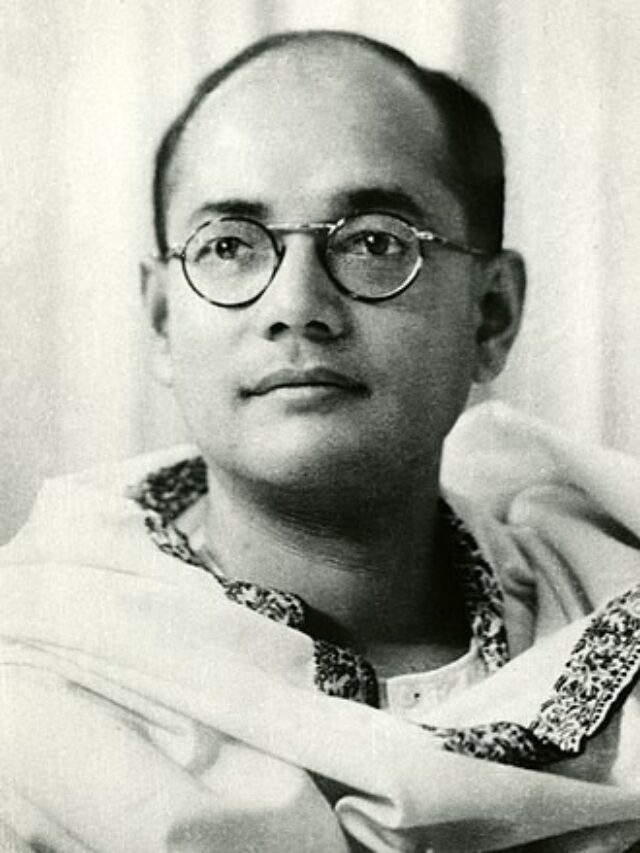Operation Sindoor details have emerged as Air Chief Marshal AP Singh disclosed that Pakistan ceasefire request came directly from Islamabad after the Indian Air Force achieved “complete domination” using fewer than 50 weapons during the May conflict. The IAF Chief’s revelations provide unprecedented insight into one of the most significant military operations in recent India-Pakistan relations.
During the NDTV Defence Summit, Vice Chief of Air Staff Air Marshal Narmdeshwar Tiwari revealed that Pakistani military leadership contacted their Indian counterparts requesting cessation of hostilities by midday on May 10. This direct appeal for ceasefire came after the IAF’s precision strikes on Pakistani military infrastructure achieved objectives that had eluded previous conflicts including the 1971 war.
Air Chief Marshal AP Singh emphasized that Pakistan’s ceasefire demand vindicated India’s strategic approach to the operation. “Pakistan asked for a ceasefire, and the world saw we achieved our goal,” Singh stated, countering claims about external mediation in ending the conflict. The operation demonstrated India’s capability to impose prohibitive costs on adversaries while maintaining escalation control.
The military action originated as India’s response to the April 22 Pahalgam terrorist attack that killed 26 people. India launched Operation Sindoor on May 7, targeting terrorist infrastructure in Pakistan and Pakistan-occupied Kashmir with surgical precision that forced Pakistan to fundamentally reassess its strategic calculations.
Air Marshal Tiwari’s detailed account revealed the operation’s remarkable efficiency, with the IAF achieving “complete domination” over Pakistani forces through strategic strikes on military installations. “I must tell you that it was a key takeaway for us that in less than 50 weapons, we were able to achieve complete domination. It has not happened before,” he explained.
The operation’s success included neutralizing six Pakistani aircraft—five fighter jets and one Airborne Early Warning and Control (AEW&C) aircraft—using India’s advanced S-400 missile defense system. Some parked F-16 jets at Jacobabad airbase suffered damage when India targeted Pakistani military sites, while two command and control centers were also destroyed.
IAF Chief Singh revealed that the operation marked “the largest ever recorded surface-to-air kill” with targets engaged at distances of approximately 300 kilometers. This technical achievement demonstrated India’s growing military technological capabilities and strategic reach across the border.
The four-day conflict saw intense exchanges between both militaries, with Pakistan launching retaliatory strikes before ultimately requesting cessation of hostilities. The agreement came through bilateral military channels rather than international mediation, despite claims by various nations about their role in brokering peace.
Singh’s emphasis on achieving objectives rather than prolonging conflict reflects India’s mature strategic thinking. “War shouldn’t feed egos,” he stated, explaining why India accepted the ceasefire despite pressure from various quarters to continue military action. The IAF Chief suggested that the world should learn from India’s approach to starting and ending conflicts decisively.
The operation’s success extends beyond immediate military gains to demonstrate India’s evolving strategic doctrine. The precision strikes, minimal collateral damage, and clear achievement of stated objectives showcase a military approach that combines technological superiority with strategic restraint.
Foreign Secretary Vikram Misri and Pakistani Foreign Minister Ishaq Dar later confirmed that both militaries agreed to a full ceasefire effective from 5:00 PM IST on May 10. While Pakistan credited 36 countries with brokering the truce, Indian officials maintained that the ceasefire was negotiated bilaterally through established military channels.


























